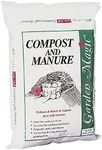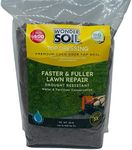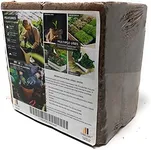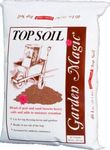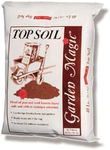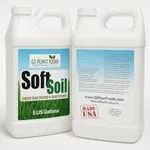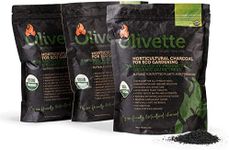Buying Guide for the Best Topsoil For Lawns
Choosing the right topsoil for your lawn is crucial for ensuring healthy grass growth and a beautiful, lush lawn. Topsoil is the uppermost layer of soil, rich in nutrients and organic matter, which provides the essential foundation for your lawn. When selecting topsoil, it's important to consider several key specifications to ensure you get the best fit for your lawn's needs. Understanding these specifications will help you make an informed decision and achieve the best results for your lawn.Soil TextureSoil texture refers to the proportion of sand, silt, and clay in the topsoil. This spec is important because it affects water retention, drainage, and root penetration. Sandy soils drain quickly but may not retain enough moisture, while clay soils retain water but may have poor drainage. Loamy soil, which is a balanced mix of sand, silt, and clay, is ideal for most lawns as it provides good drainage and moisture retention. To pick the right texture, consider your lawn's drainage needs and the local climate. If your area is prone to heavy rainfall, a loamier soil may be best, while drier climates might benefit from a slightly sandier mix.
Organic Matter ContentOrganic matter content refers to the amount of decomposed plant and animal material in the soil. This spec is important because organic matter improves soil structure, water retention, and nutrient availability. High organic matter content can enhance soil fertility and promote healthy grass growth. Topsoil with 5-10% organic matter is generally suitable for lawns. To pick the right content, consider the current condition of your lawn soil. If your soil is poor or depleted, a higher organic matter content can help rejuvenate it.
pH LevelThe pH level of topsoil measures its acidity or alkalinity, which affects nutrient availability and microbial activity. This spec is important because grass typically thrives in slightly acidic to neutral pH levels (6.0-7.0). If the pH is too low (acidic) or too high (alkaline), it can hinder grass growth and nutrient uptake. To pick the right pH level, test your existing soil's pH and choose topsoil that will help balance it. For example, if your soil is too acidic, look for topsoil with a higher pH to neutralize it.
Nutrient ContentNutrient content refers to the levels of essential nutrients like nitrogen, phosphorus, and potassium in the topsoil. This spec is important because these nutrients support grass growth, root development, and overall lawn health. Topsoil with balanced nutrient content can provide a good start for your lawn. To pick the right nutrient content, consider the specific needs of your grass type and any deficiencies in your existing soil. A soil test can help identify nutrient gaps that the topsoil can address.
ScreeningScreening refers to the process of removing large particles, debris, and rocks from the topsoil. This spec is important because screened topsoil provides a smoother, more uniform surface for planting and reduces the risk of damage to lawn equipment. Screened topsoil is generally preferred for lawns as it ensures better seed-to-soil contact and easier application. To pick the right screening, look for topsoil that has been finely screened to remove unwanted materials, especially if you plan to spread it manually or with a spreader.
